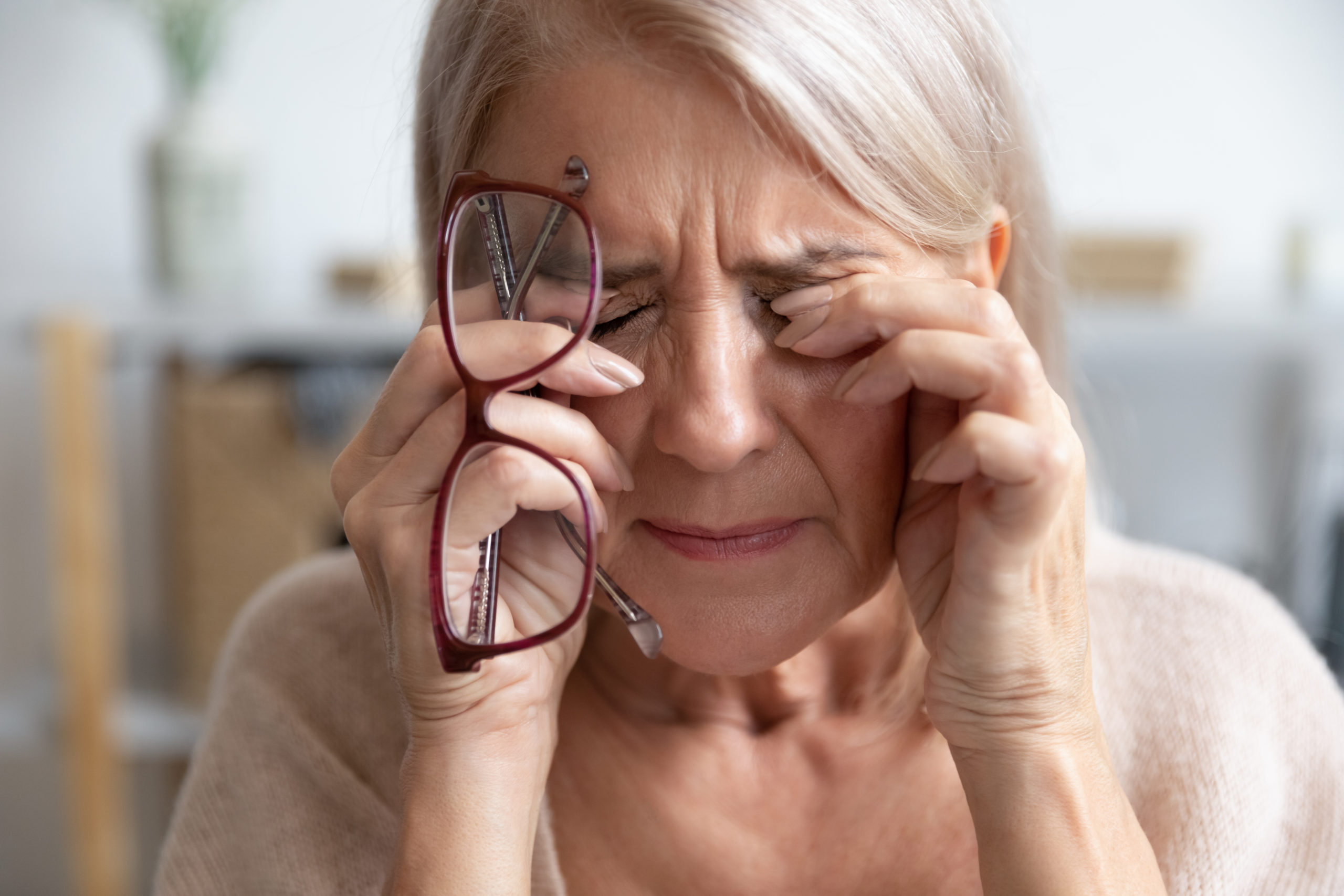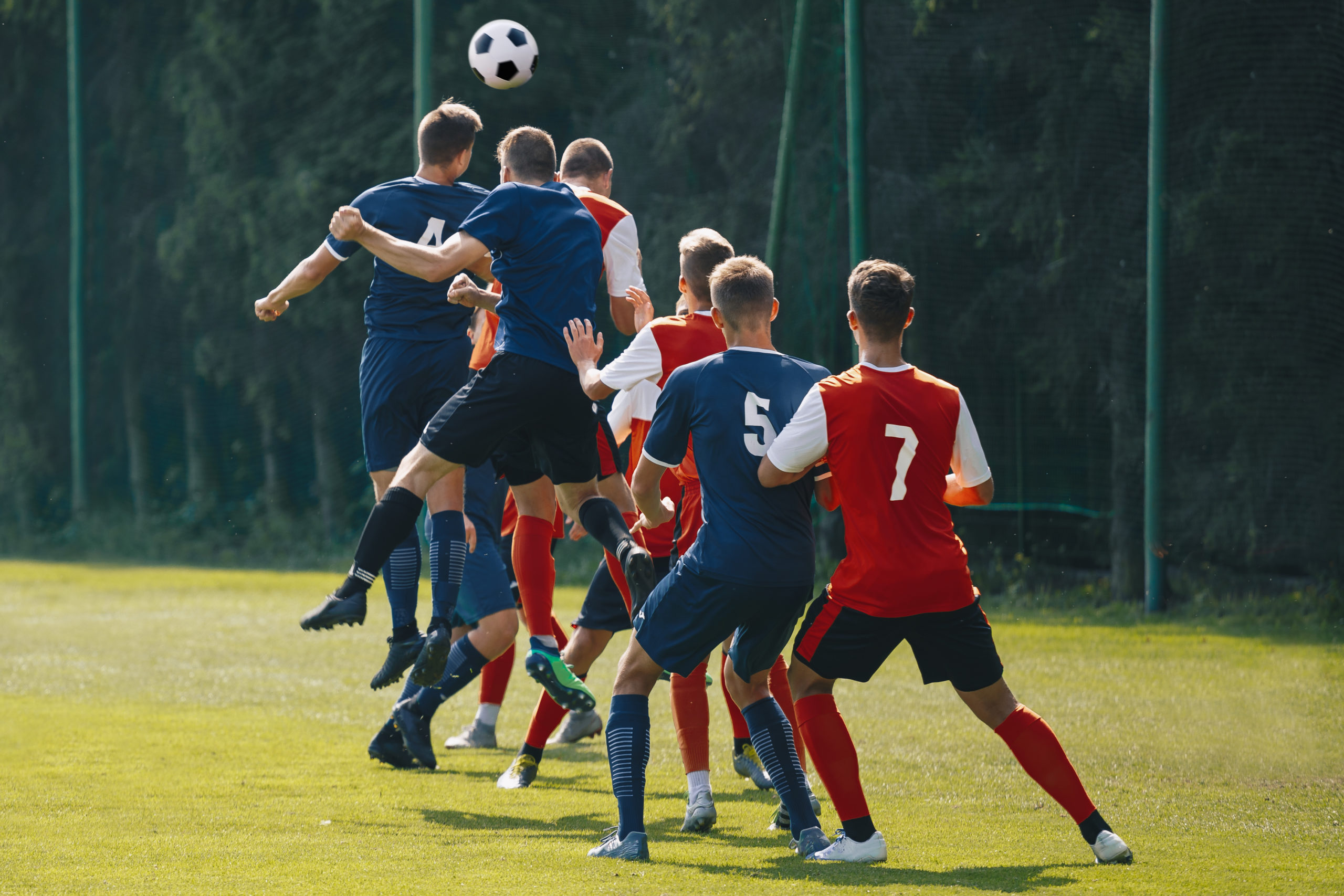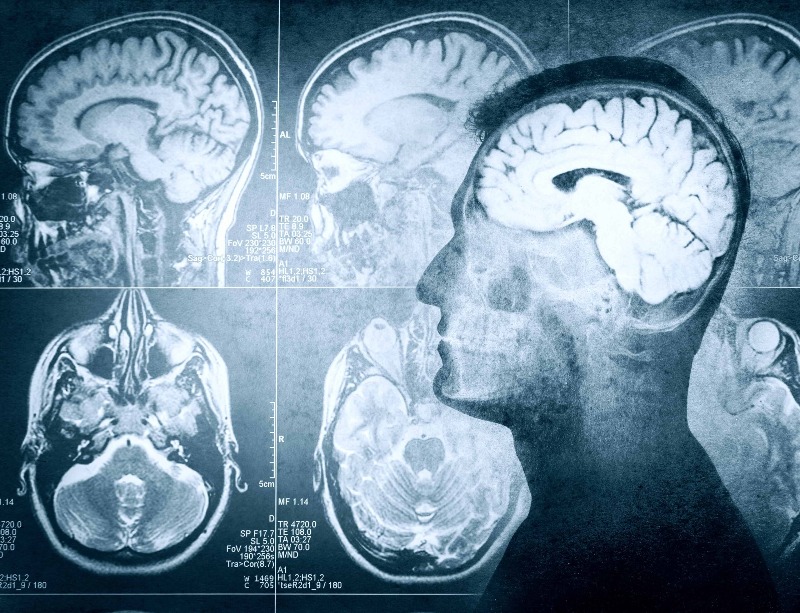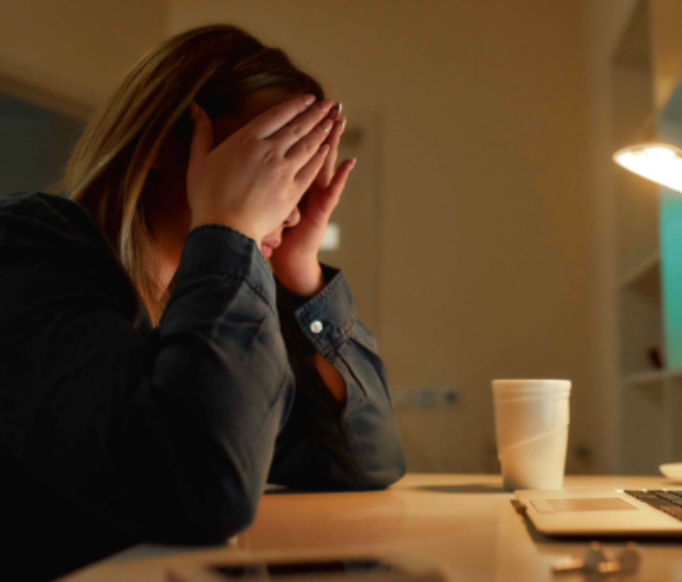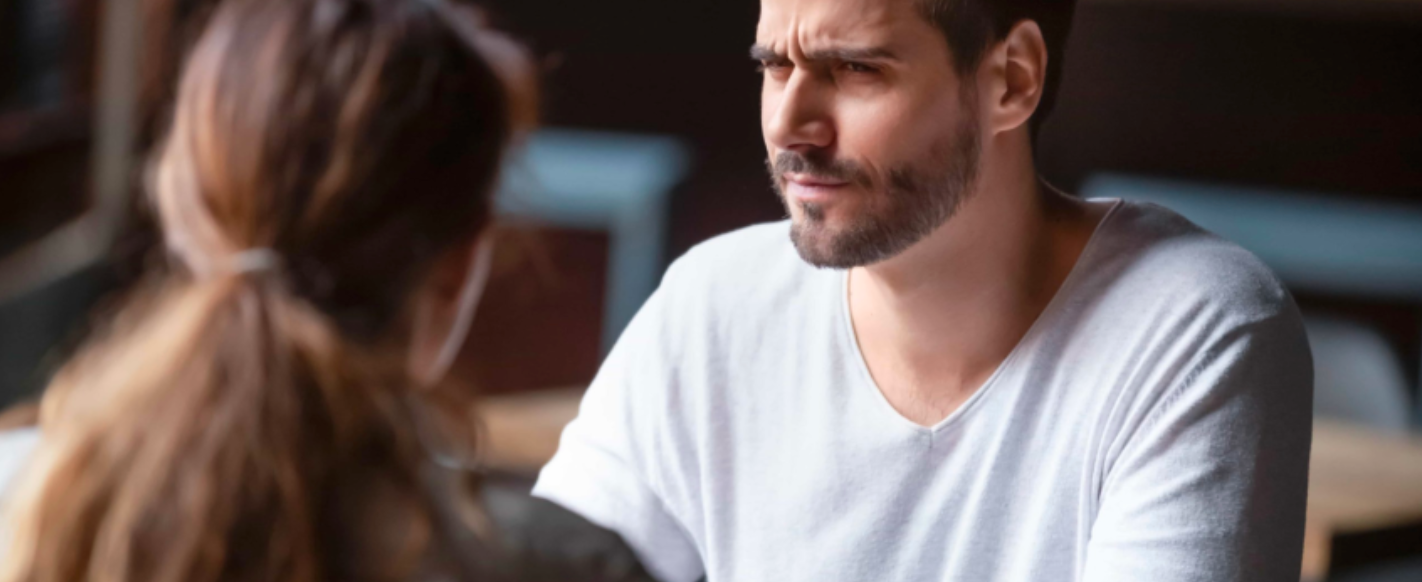Karl Welborn, Consultant Occupational Therapist and Company Director of Well Way Rehab Solutions, explains:
Coulthursts contacted me about a young client who had been badly injured in a car accident while driving. He had been in hospital for a month and the hospital wanted to discharge him. Coulthursts contacted me to see if I could contact the discharge coordinator and help with the discharge planning and immediate rehabilitation. I therefore spoke with the discharge team at the hospital and also spoke to the client’s wife.
As well as suffering a brain injury, he had a fracture to his right clavicle, a complex facture to the ulna and radius on his right side and fractures to his right and left tibias. It was recommended that he could not be weight bearing for at least ten weeks and it might be longer. We had to arrange for him to be discharged to his home with a bed downstairs and the use of a wheelchair and the challenge was how to make it a smooth and seamless transition.
He had been a strong, muscular man who was the main provider for his wife and one year-old son, but he had become very weak, had lost over one-and-a-half stones in weight and was not eating. He was also stressed and panicked and, while in hospital, had been in a state of post traumatic amnesia and did not know where he was, for some time following the accident.
My holistic assessment of him was physical, psychological and cognitive and it was important to ascertain what his needs were and what we needed to get in for him, that would allow him to function within his home safely and proficiently, as well as his access to community requirements. I found out that he was experiencing sensory changes to his legs and arm, that he was worried and depressed about the future and that he was struggling to retain information. He also sometimes used expletives which he would never have done before and sometimes discussed things which he did not realise were upsetting to other people.
He was also very tired all the time. He thought that this was caused by being in hospital and that it would get better at home after his discharge, but it didn’t. He had cognitive and emotional fatigue and that took away a lot of his energy, which can be a sign of brain damage. He needed therapy to improve his range of movement, to improve his strength and to improve his range of movement in his lower and upper limbs as well as in his core stability. We therefore gave him exercises he could do while lying down and sitting.
I needed a rehabilitation assistant to make sure he was doing these exercises and the client also needed two transfer boards to help him transfer from bed to wheelchair and wheelchair to toilet and back again. I recommended a foot spa to improve his circulation and to help with the personal hygiene of his feet and he needed a bath board and a higher seat for the toilet. I sent a list of these things to Coulthursts who immediately purchased the equipment.
At around the same time the weather was improving, so when his wife took their child out for a walk, he understandably wanted to go with them. Thanks to Coulthursts support we were able to hire an electric wheelchair which really helped his mental health. So much so, in fact, that he no longer felt worthless and felt he was fulfilling his role as a father.
We are also working out his fatigue management package so he can make his energy function and recharge his battery during the week.
Meanwhile, our physios have been getting him out to the gym and into the pool, but he still struggles to retain information. A joint gym membership was arranged for him and his wife. You can see that he has broken legs but you cannot see what he is thinking, so we talk about this. He has ongoing problems and we are working out ways of tackling this.
With our rehabilitation programme, he has made so much progress that he can now walk for 2 miles a few times a week and he is now able to get up the stairs. He has advanced this far because Coulthursts have provided the funding that has made it possible. In contrast, all that was available for him on the NHS was one therapy session of 30 minutes once a week.
He says that he is still not the person he was and there are things he will have to live with all his life. There are his fatigue and his memory problems, and he will never have the same physical status and will likely be limited in how he can work.
We have set a number of goals, namely improving his posture, cognitive behaviour, optimising hand dexterity, maintaining lower limb use and improving power, managing his fatigue and enhancing his mental health with the ultimate goals being returning to a vocation and returning to driving again.
This case is unique because of the way Coulthursts have provided the resources for it. They agreed with my recommendations without any delay, arranged funding and for any equipment and for other items such as the gym membership. It is a really positive outcome and I have never had a case quite like it before.
Philip Coulthurst, Managing Partner at Coulthursts, The Brain Injury Lawyers, replies:
Enabling the recovery of our clients is always our first priority.
Long before any legal settlement is reached on their behalf, we know how important it is to support our clients’ rehabilitation first and foremost.
It’s why we already work with some of – and aim to work with even more of – the UK’s leading charities and neurorehabilitation treatment centres in our specialist legal field of traumatic brain injury.
And it’s why cases such as the one outlined by Karl above are so important to us, a company wholly focused on working with individuals and their families after a brain injury.
About the Authors:
Karl Welborn graduated from Coventry University with a first-class degree with honours in Occupational Therapy. He has since studied at master’s level in the field of leadership and innovation and Injection Therapy (Neurology). He has over 20 years of dynamic experience working in healthcare and is the Director and Consultant Lead Occupational Therapist for Well Way Rehabilitation Solutions. Karl has great knowledge of working in the National Health Service where he was clinical lead for Occupational Therapy in the hyper-acute, acute and community stroke, neurology and complex rehabilitation services.
Philip Coulthurst has more than 20 years’ experience as a solicitor, with a specialty in brain Injury. Philip is committed to taking a genuine, client-centric approach to working with people who have life-changing injuries. Philip regularly delivers training and lectures on traumatic brain injuries, encompassing neuroscience, epidemiology and socioeconomic effects and the need for better, integrated care pathways. He is a Member of the British Neuroscience Association, the Federation of European Neuroscience Societies and the Association of Personal Injury Lawyers. Philip has graduated from an Accelerated Leadership course at Harvard Law School.
For our terms of use and disclaimer follow this link: https://coulthursts.co.uk/legal-terms-of-use/





